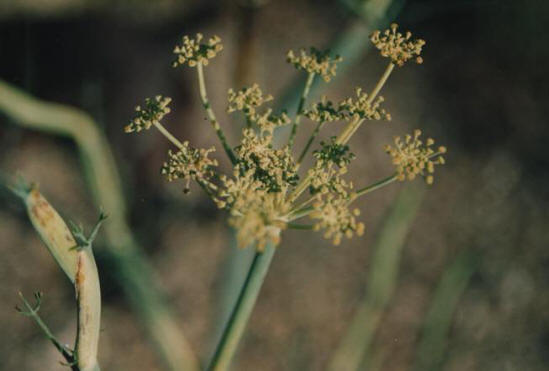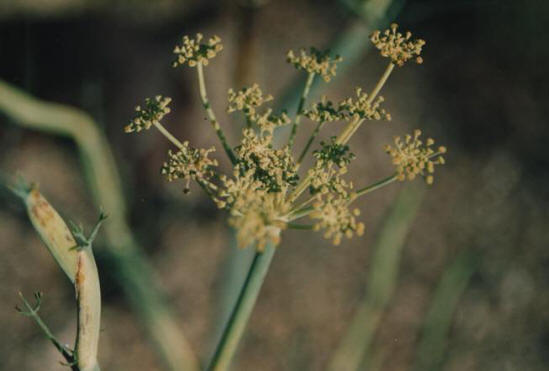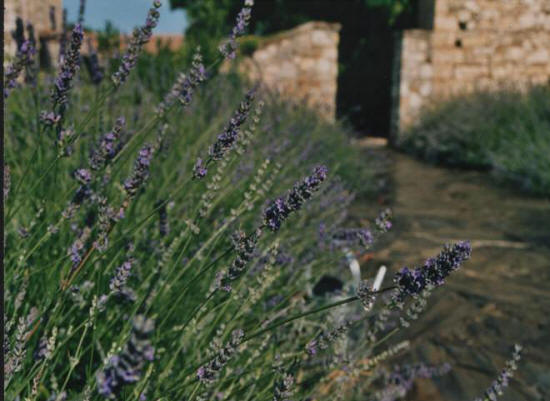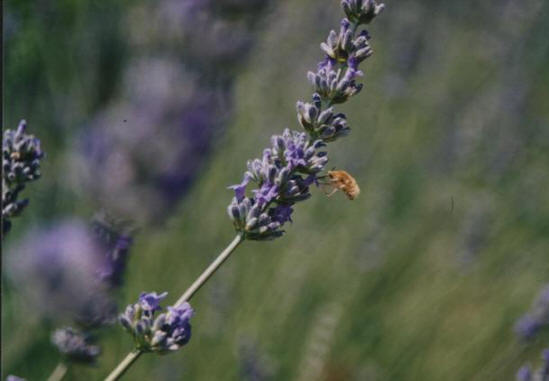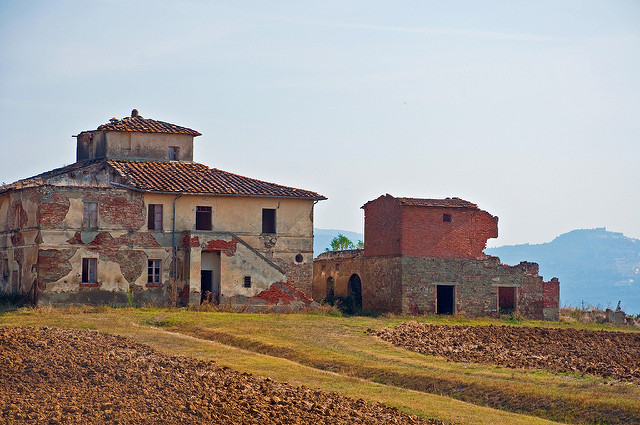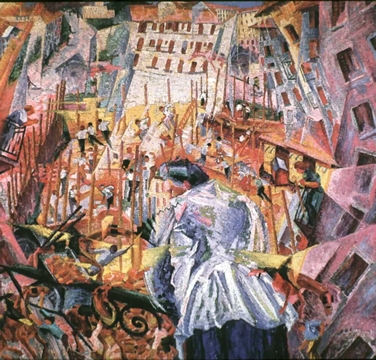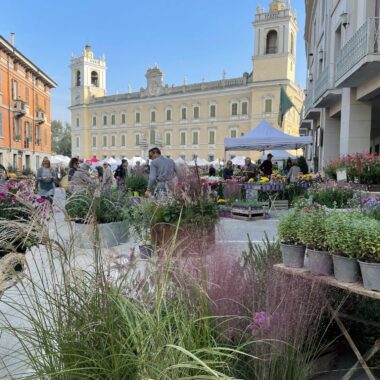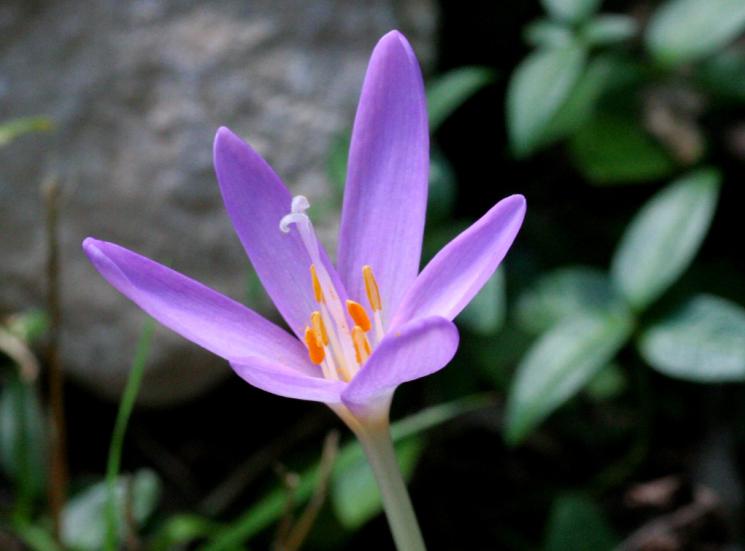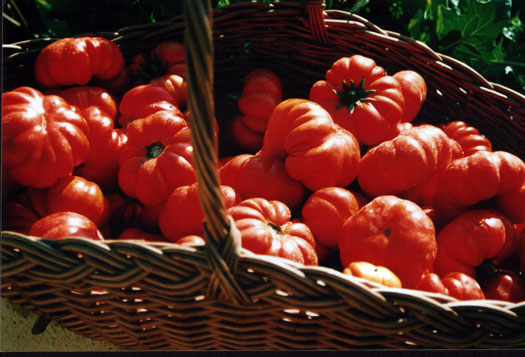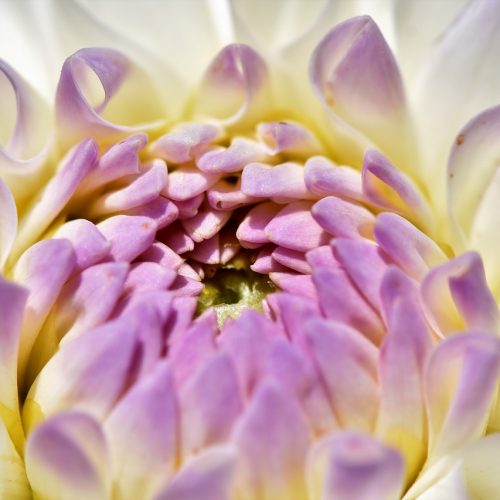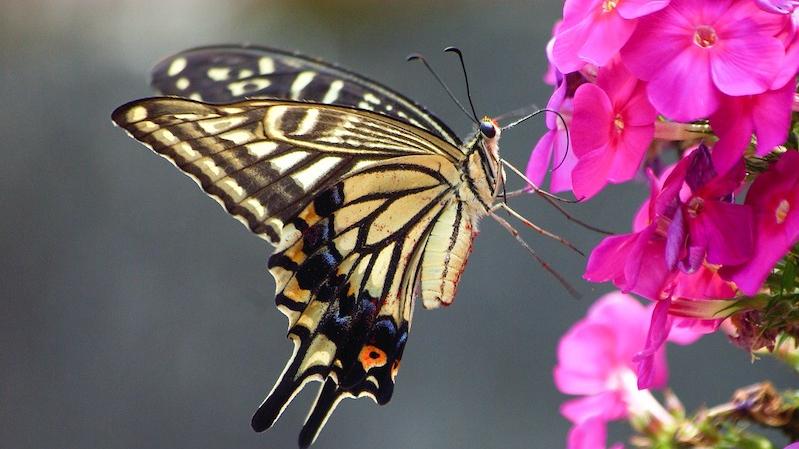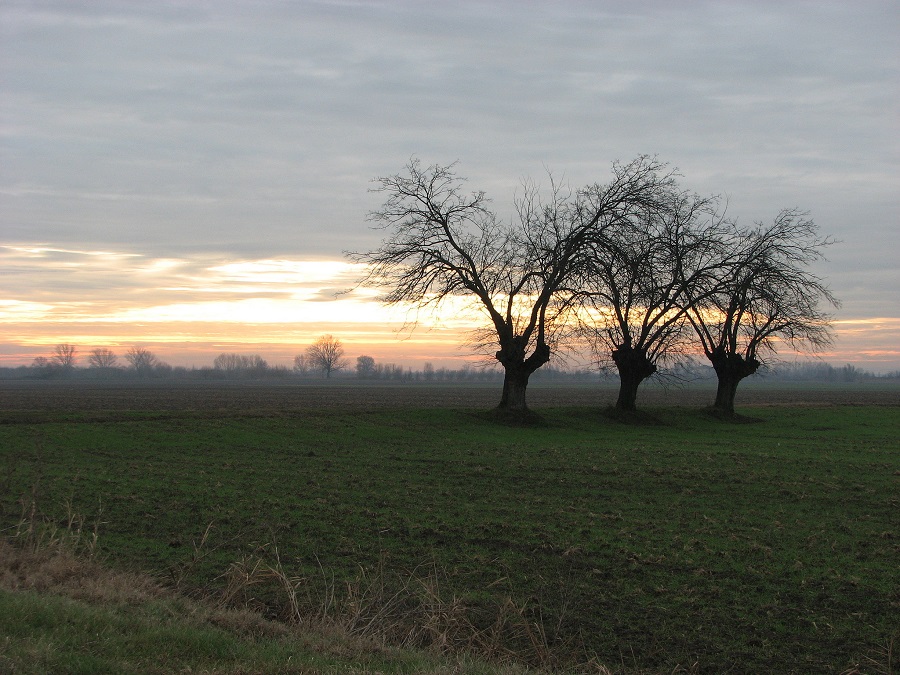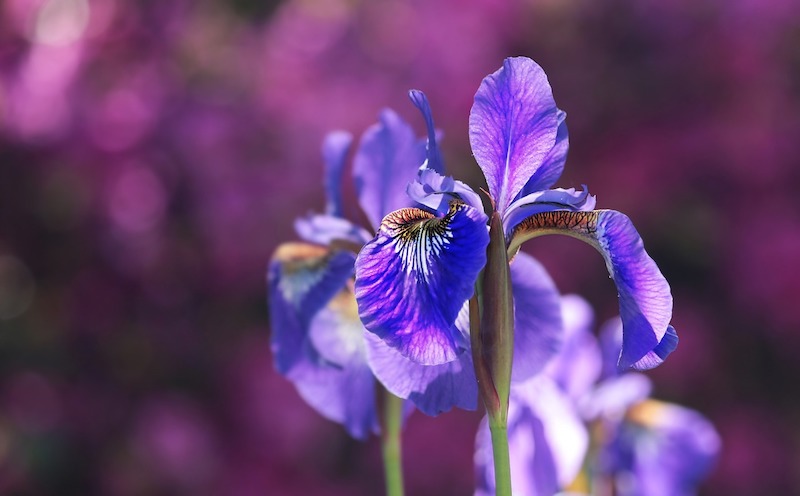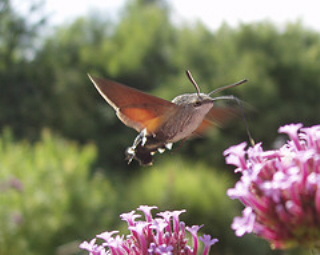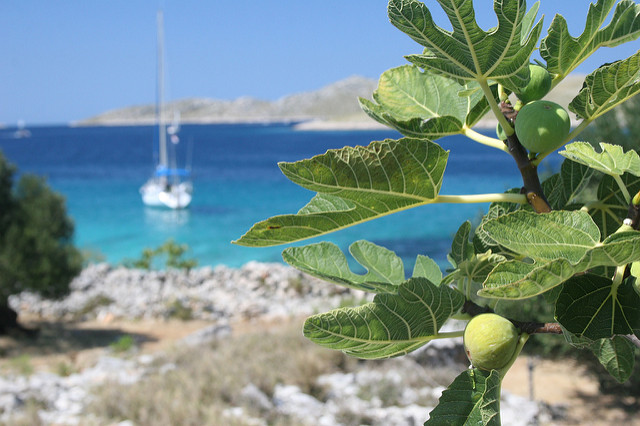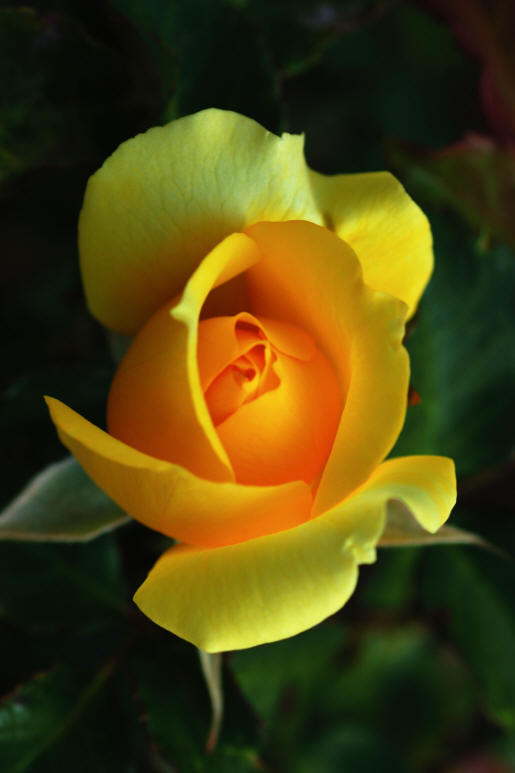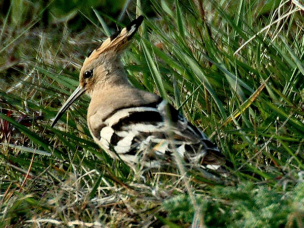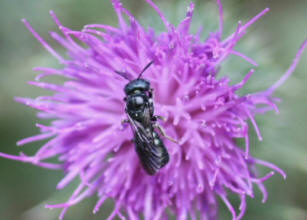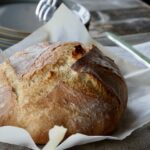Useful Healing Herbs in Italy
When we think of the level of sanitation and medical care in Roman
times we often imagine a somewhat dark age, where common ailments would
manifest themselves into serious, life-threatening diseases with little
hope of a cure and that human hygiene was rarely addressed. However
the average Roman citizen would have had access to a wide range of homeopathic
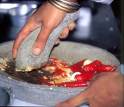 medicines
medicines
from all over the world from their vast empire which spanned from the
North of England to Asia. In fact the Romans were by far the most hygienic
and advanced population that the world had known up until that time,
with a personal hygiene second to none and a concise knowledge of healing
plants, adopted mainly from the populations and cultures overthrown
by the empire.
We tend to think of our modern pharmaceutical service as being very
modern and efficient in comparison to these, more “primitive” ages.
Well, in some ways it certainly is more modern with the pharmaceutical
industry making frighteningly monstrous profits every year, more-so
than the arms industry! Take the humble aspirin for example,

with around 80, 000 000 tablets being sold each day in N. America alone
but what about the aspirin, that modern solution to fever, pain and
general aches, but is it really so modern after all?
The painkilling properties of aspirin are derived from a substance
(Salicin) found under the bark of the willow tree (Salix chrysocoma)
and in fact most of the trees from the genus “Salicaceae”, such as poplars
and aspens. In fact the healing properties were well known to the Romans
and already in around 400 B.C the Greek physician Hypocrates was writing
about its use. However long before the Greeks its properties were well
known and was already being used in European folk medicine. Today North
Americans spend around $750,000,000 every year on painkillers
The list of healing plants is endless but the investment on un-locking
and utilizing their potential is still minimal in comparison to the
millions of dollars spent on researching modern, synthetic alternatives.
The plant kingdom offers a cure
for almost every kind of common ailment, and their properties range
from; antibiotic, antioxidant, antispasmodic, ant-inflammatory, anti-rheumatic
to cures for eczema, swelling, blood-clotting and even depression! The
Romans had access to, and (more importantly!) the knowledge of how to
use, these natural products to improve their health, their skin, their
bad-breath and even their state of mind!
They would have used Lavender to wash and bathe with, olive-oil with
herb-infusions like chamomile to soothe, and render their skin supple,
more beautiful and they would have taken advantage of the humble bay-laurel
as an astringent, to aid digestion and soothe general stomach disorders.
Plants like Malva silvestris had been used since the 8th century for
its strong anti-inflammatory and pain-killing properties, a plant which
was still used for toothache in Tuscany up until recent years. Plants
like fennel (Foeniculum vulgaris), a plant that still grows by the side
of every road in Italy, was noted for increasing appetite, digestion
and even… flatulence, which must have been a common problem of the
day considering the vast array of banquets, wine drinking and general
over-indulgence undertaken by the Romans.
The Romans appear to have had a simple cure for some very complicated
and even socially crippling ailments and this brings one to wonder just
what potential lies undiscovered in the plant kingdom and just what
would emerge from that kingdom if it were to receive the same, massive
investment that the “modern” pharmaceutical industry receives as it
seems that there really is nothing more modern than the past!!
A List of the more common Healing Herbs Still used in Italy:
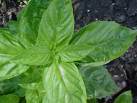 Basil-
Basil-
lowers blood sugar levels, antispasmodic, reduces fever and irritation
from insect stings.

Lavender- scent, cures stress and stress related headaches,
depression- carminative.
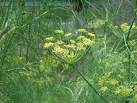 Fennel-
Fennel-
relieves flatulence, stimulates appetite, aids digestion,
mild expectorant, increases breast-milk production, eye-wash for conjunctivitis.
 Calendula
Calendula
(Marigold)- skin problems such as rashes, antiseptic, eases
swelling, detoxifier.
 Juniper-
Juniper-
strong antiseptic for urinary tract, cystitis, aids fluid retention,
diuretic, anti-rheumatic.
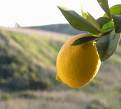 Lemon-
Lemon-
strong antiseptic, antirheumatic, antioxidant, reduces fever.
 Garlic-
Garlic-
strong antibiotic, expectorant, antispasmodic, expels worms from stomach.
Why not consider basing your garden around organic vegetables, culinary
herbs and healing plants, after all that’s what an Italian garden always
was! Watch out my herb plant profiles in the next few weeks!
By Jonathon Radford
